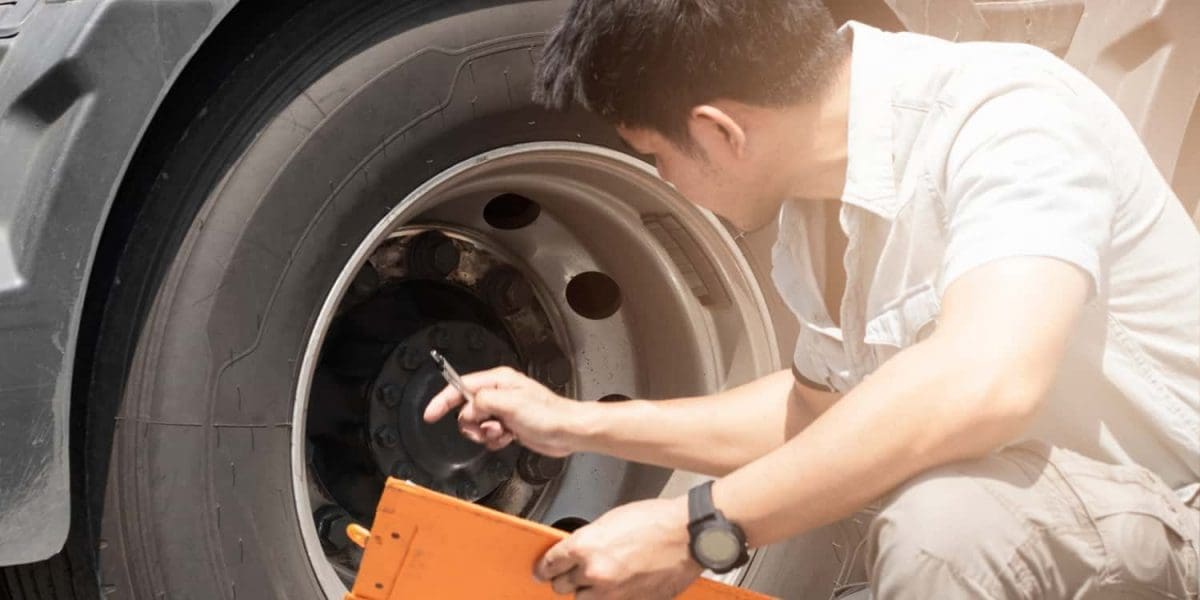Over-the-road (OTR) driving is one of the most common career options for truckers. This involves spending a few weeks at a time on the road and making deliveries across any combination of the continental United States. OTR jobs give you the opportunity to enjoy the freedom of the open road. However, it isn’t the only option. If you enjoy the open road but prefer a bit more time at home compared to OTR, you should consider regional trucking. DSW now has regional routes available in addition to our OTR routes.
OTR vs Regional Routes
In many ways, OTR and regional driving are similar. However, there are some key differences. If you aren’t sure which will work best for you, we are happy to give you more specific information about our routes and home time policies.
Similarities
Your day-to-day life on the road will be very similar between a regional route and a longer one. You’ll be transporting freight in a semi-truck and will spend most of your day behind the wheel. During your time on the road, you’ll sleep in your truck and will have to keep track of your hours of service (HOS) to ensure you stay compliant.
Differences
The main difference between regional and OTR trucking is the length of the route. Long-haul routes can go from coast-to-coast and can travel through any combination of states. These drivers tend to have a variety of different routes that they travel and spend multiple weeks at a time on the road.
Regional routes, on the other hand, cover a smaller portion of the country. In our case, this is the southwest region. Time on the road varies, and we are happy to provide details if you are interested in one of these positions.
Our home time policies are excellent for both OTR and regional, but regional routes do typically allow you to get home more frequently.
Benefits of Regional Trucking
The major reason why truckers would choose a regional route is the opportunity for more home time. If you enjoy some aspects of OTR trucking (such as the freedom of the open road and the independence of being in control of your semi-truck), but want to get home more often, regional driving may be a great opportunity for you. It’s similar enough to OTR that it’s not as big of a change as local driving, while still offering more potential home time.
Additionally, regional driving allows you to become more familiar with the routes and customers within your region. As a result, it’s easier to prepare for any changes in weather, traffic, or other factors. These can be tougher to get used to if you are travelling through multiple different states.
When to Choose OTR Instead
Pay for regional trucking compared to OTR varies. In most cases, it’s a middle ground between OTR and local jobs. At DSW, we consider a variety of factors for our pay scale. It’s also important to keep in mind that the pay you take home depends on the number of miles you can drive, which will vary depending on your experience and the specifics of the routes you drive. However, OTR does generally pay more, so it’s important to keep this in mind if you are considering a regional route.
Another thing to consider is that regional routes tend to have less variety than OTR routes, since you are only travelling in one area of the country. Some drivers prefer this, whereas others find it repetitive. You should think about your personality and preferences when deciding whether you will prefer the variety of OTR or the familiarity of regional driving.
OTR and Regional Driving Jobs Available
DSW is currently hiring for regional and OTR jobs. We offer competitive pay, excellent home time, and a variety of other benefits.












